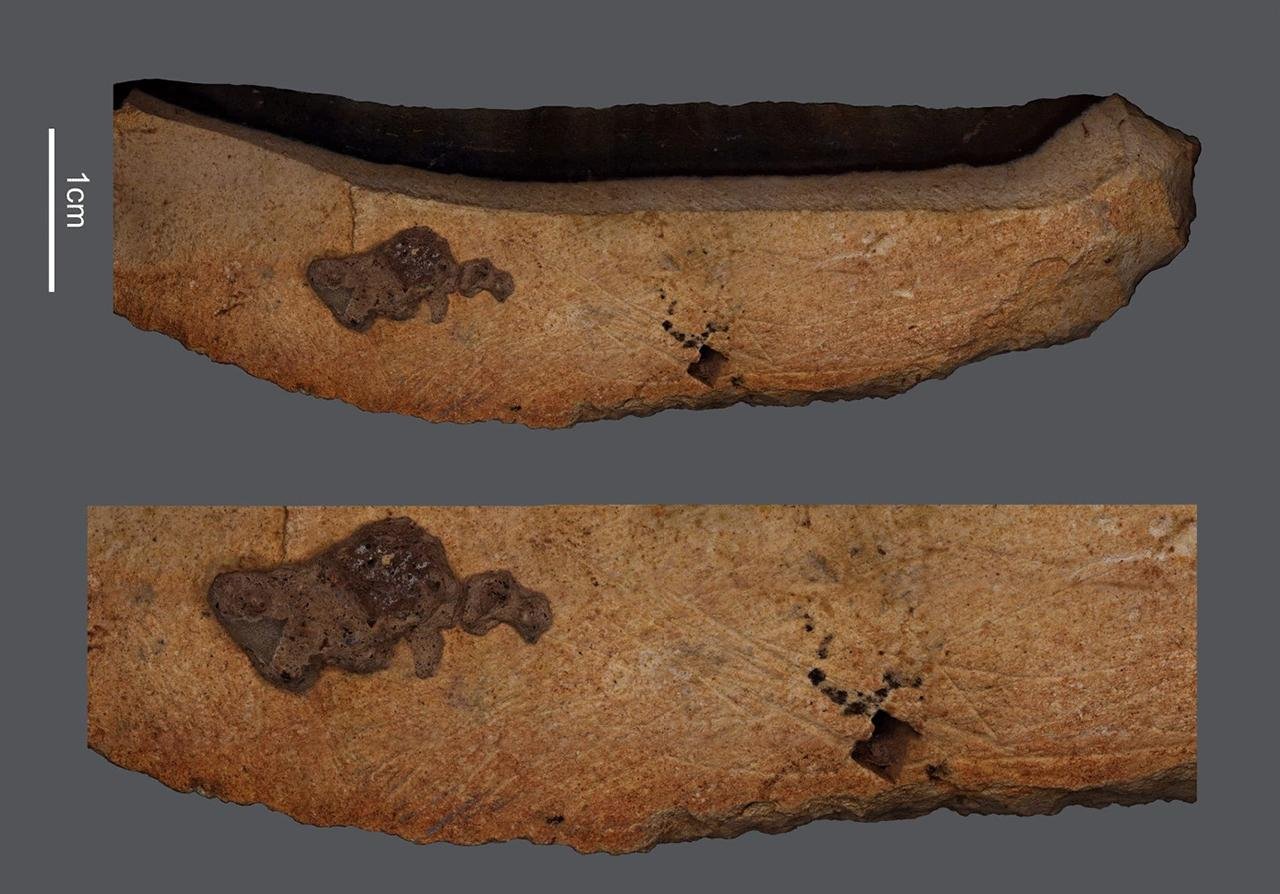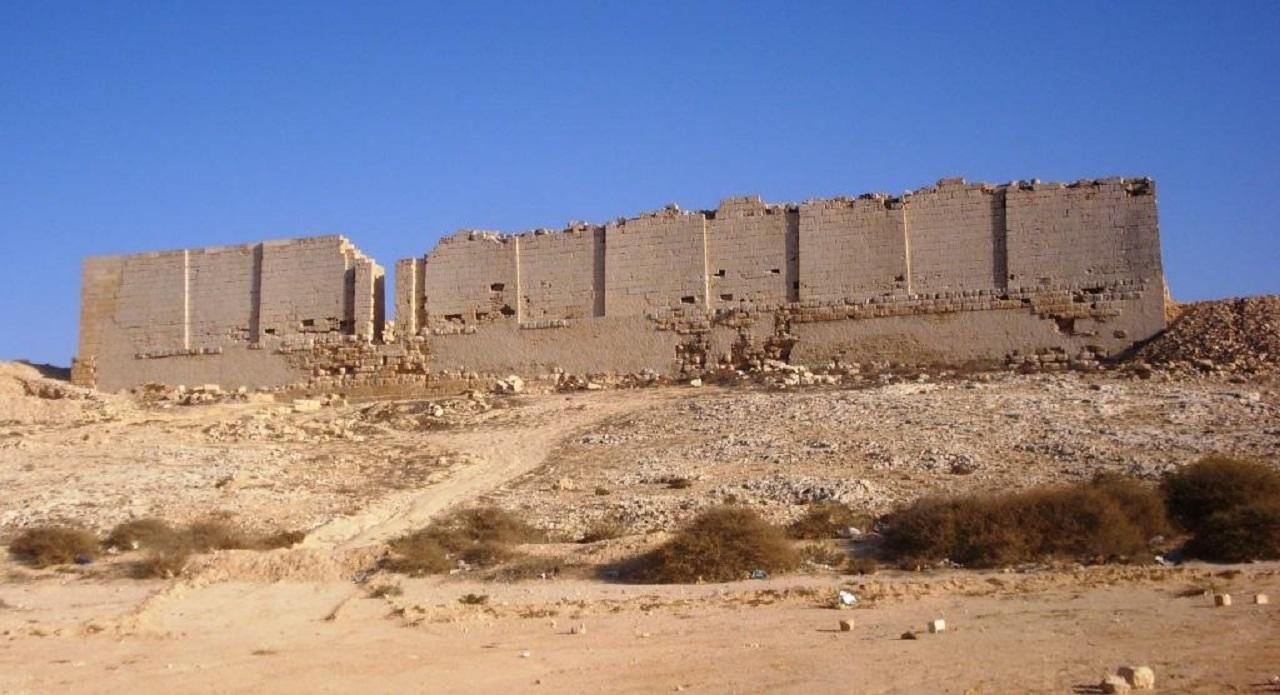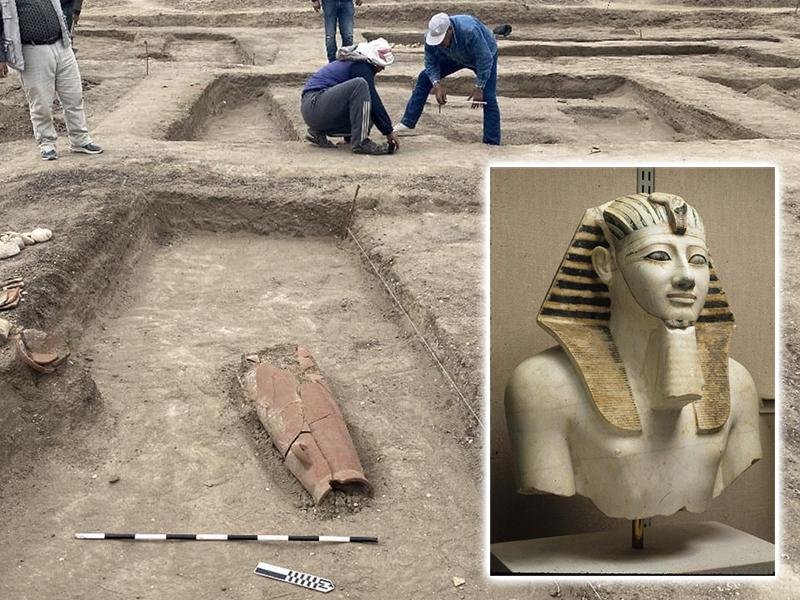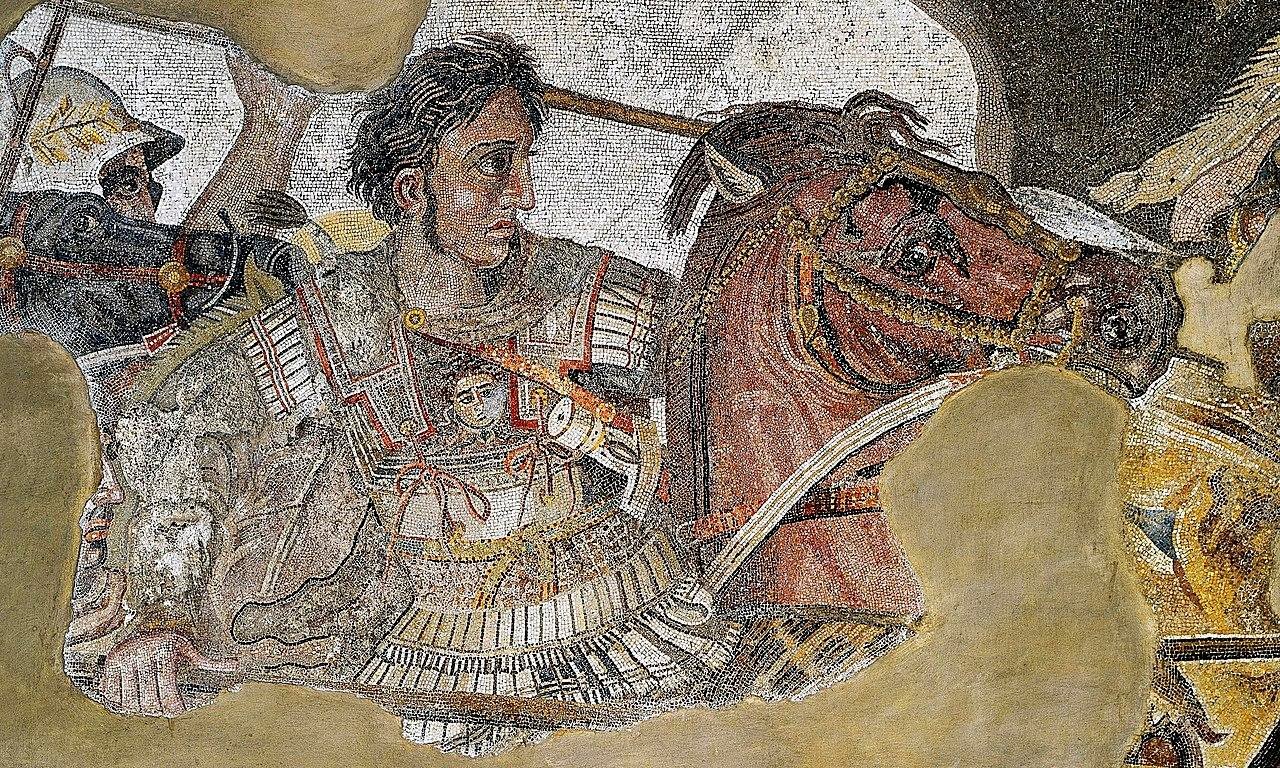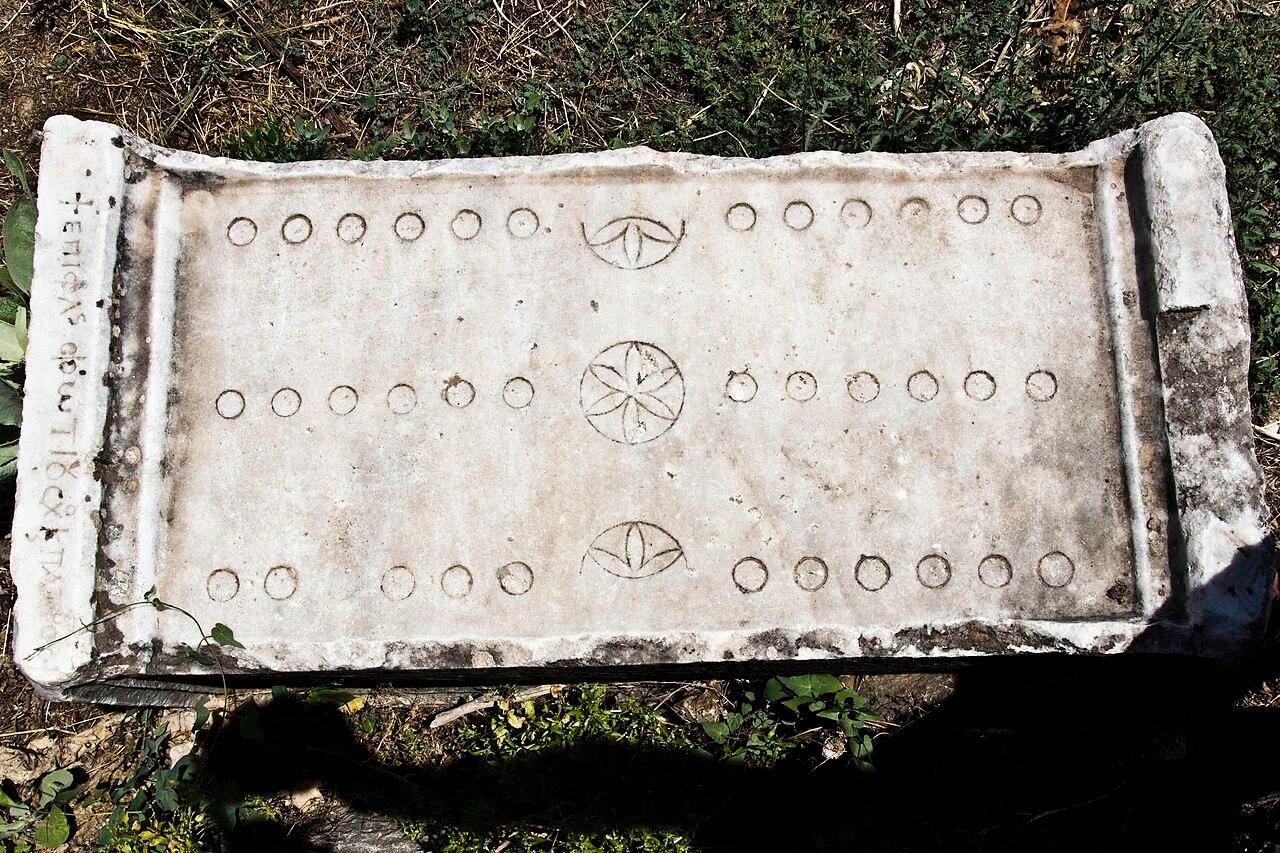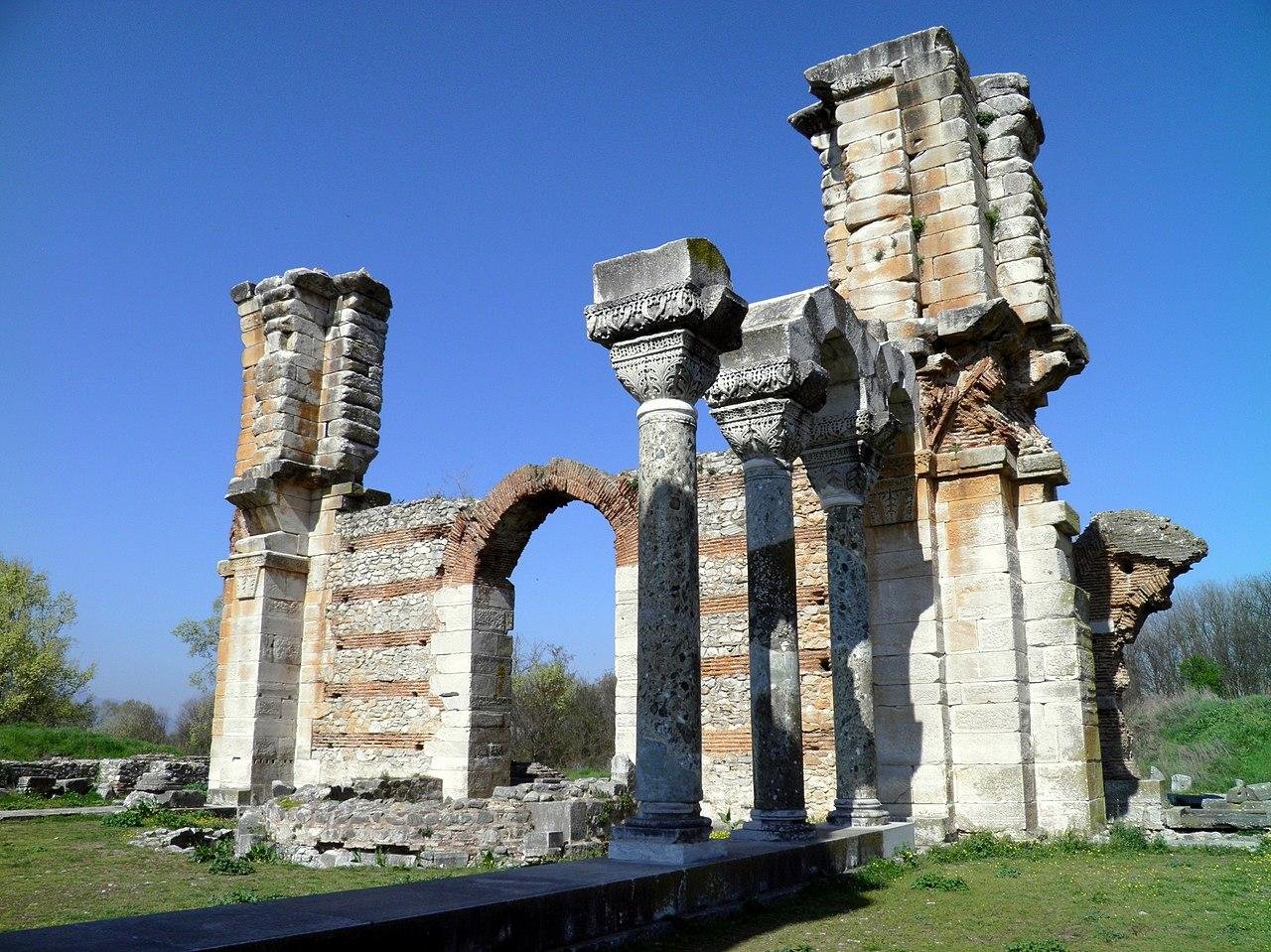Excavations conducted between June 2022 and September 2023 at St. Mary’s Church in Gardelegen have uncovered more than 1,000 artifacts dating back seven centuries. The findings were made during an excavation aimed at installing underfloor heating in the Gothic-style church.
 The excavation in St. Mary’s Church revealed coins from various centuries. Credit: State Office for Monument Preservation and Archaeology Saxony-Anhalt, Anika Tauschensky
The excavation in St. Mary’s Church revealed coins from various centuries. Credit: State Office for Monument Preservation and Archaeology Saxony-Anhalt, Anika Tauschensky
St. Mary’s Church was built in the 13th century and features a large hall with high-vaulted ceilings and beautiful stained-glᴀss windows. The church has retained its medieval appearance despite being renovated several times over the centuries. The recent excavation covered an area of 145 square meters of the original wooden floor to a depth of about 40 centimeters.
Among the most significant finds was a hoard of 679 coins and coin fragments, many of which were heavily corroded. A numismatist, Horst Konietzko of Salzwedel, helped identify and date them. The first batch of coins was scanned and integrated into the S.E.S.A.M. project database, an initiative for systematically recording historical coins in Saxony-Anhalt. Other artifacts recovered included dress pins, book clasps, ceramics, animal bones, and glᴀss shards, some decorated in black enamel, iron nails, and traces of plants. Personal items for everyday use like tweezers and beads were also uncovered.
One of the most intriguing finds was an 8-centimeter-tall monkey figurine made of lead bronze. Discovered in the nave of the church by volunteer Ralf Schulze, the artifact has sparked a dispute among researchers regarding its symbolism. Experts remain uncertain whether the monkey is holding a drinking horn or a wind instrument.
 One of the most intriguing finds was an 8-centimeter-tall monkey figurine made of lead bronze. Credit: State Office for Monument Preservation and Archaeology Saxony-Anhalt, Friederike Hertel
One of the most intriguing finds was an 8-centimeter-tall monkey figurine made of lead bronze. Credit: State Office for Monument Preservation and Archaeology Saxony-Anhalt, Friederike Hertel
According to the State Office for Heritage Management and Archaeology, depictions of monkeys in churches are not unusual. “They are often shown playing board games, making music, imitating humans, or entangled in vines and loops,” said the office in a statement. “During the late Middle Ages, they were increasingly regarded as demonic creatures and as caricatures of sinful, immoral human behavior.”
The excavation at St. Mary’s Church underscores the crucial role of archaeological research in preserving historical monuments. Moreover, the involvement of volunteers is extremely helpful in this undertaking, and the state of Saxony-Anhalt has a large knowledge base of experts working very closely with the State Office for Heritage Management and Archaeology.
More information: State Office for Monument Preservation and Archaeology Saxony-Anhalt
